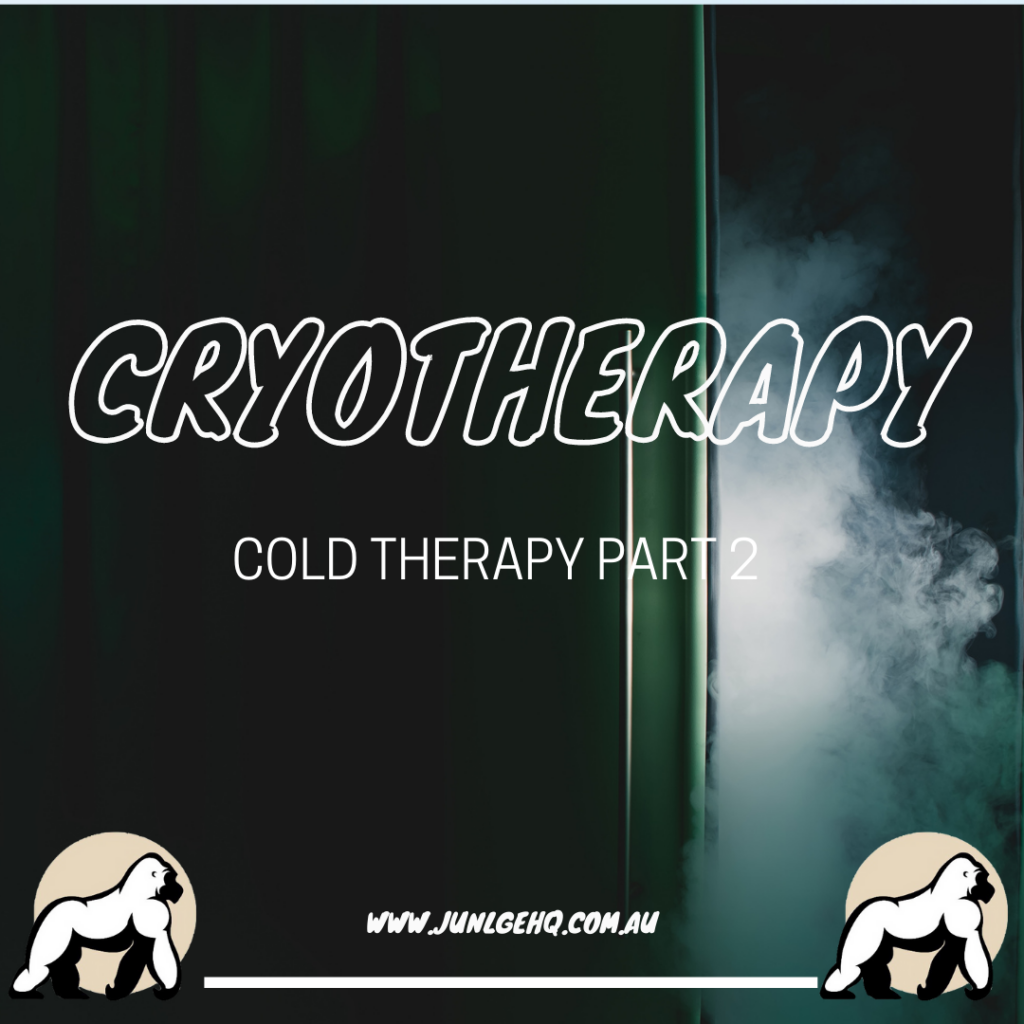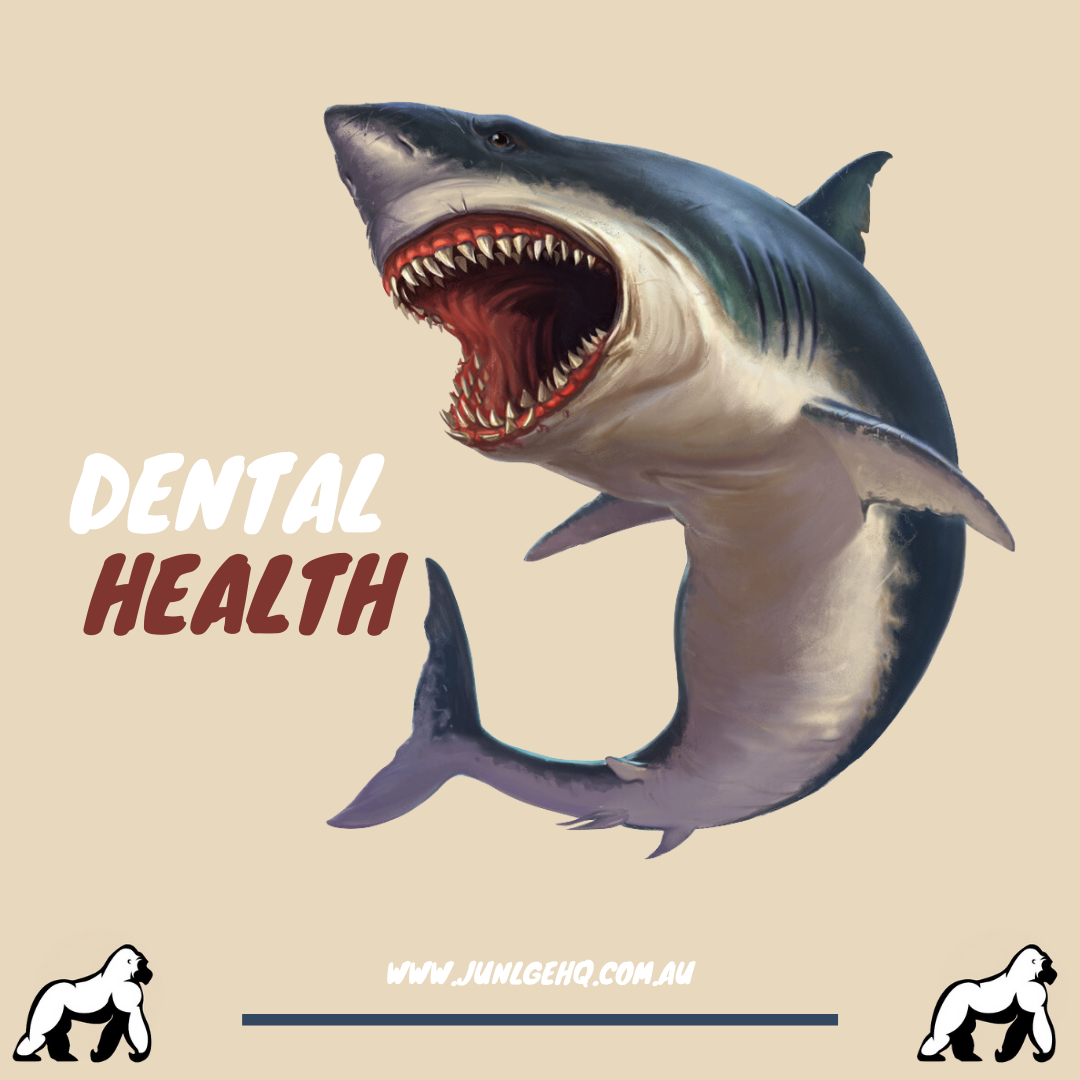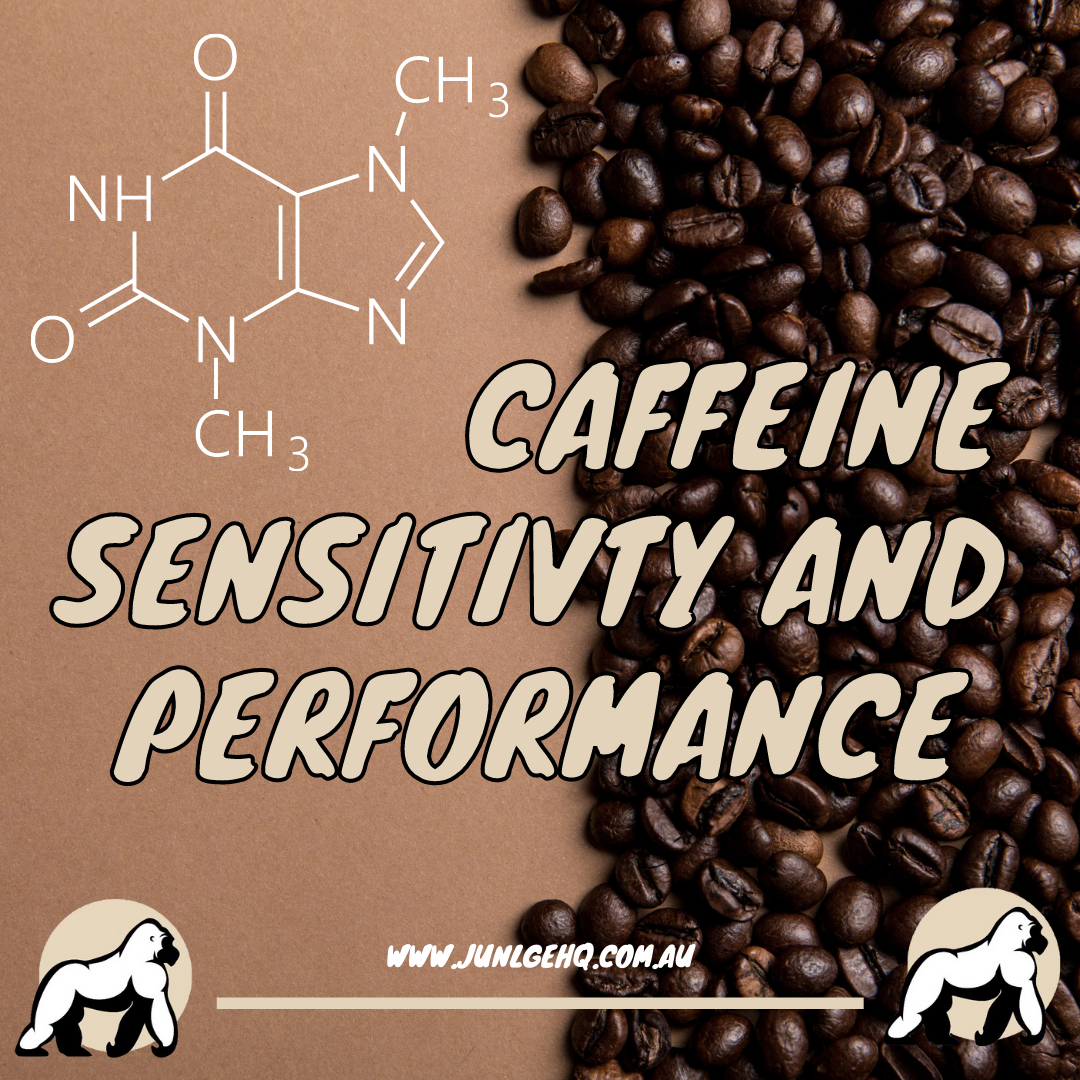Cold shock proteins stimulated by cryotherapy regenerate synapses (gaps between neurons in the brain). These synapses are responsible for cell communication and forming memories. The breakdown of synapses is a normal part of ageing however things like brain trauma, Alzheimer’s and Parkinson’s disease increase the rate of decline.
Cryotherapy has been shown to increase plasma norepinephrine. Not only does norepinephrine act as both a neurotransmitter and hormone, but it also decreases tumor necrosis factor alpha (a cell signalling protein involved in systemic inflammation) and other inflammatory cytokines and therefore has the ability to decrease pain.
When your body is exposed to extreme colds, through a process known as thermogenesis, the body produces heat by increasing its metabolism. Thermogenesis involves the body transferring white adipose tissue cells into the more mitochondria dense and more metabolically active brown adipose tissue cells.
Frequent cryotherapy has been shown to stimulate anti-oxidising enzyme activity and protect the body from reactive oxygen species (ROS) damage. ROS is a key player in the ageing process, cell death and DNA lifespan.
Despite all the positives of cryotherapy, the reality of its use, typically seems unfeasible for those other than the rich and famous given its price bracket in the current consumer market.





